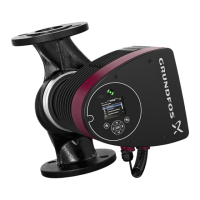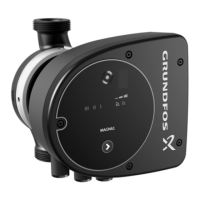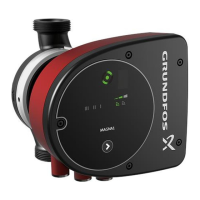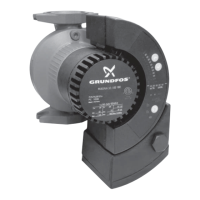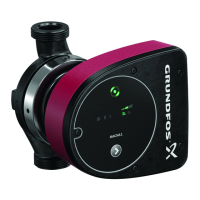1 of 4
© 2005
D 090 - 08/05
- Data Brochure
Snow / Ice Sensor 090 / 094, Sensor Socket 091
D 090
08/05
3-7/16” (87 mm)
3/16”
(5 mm)
1-3/4”
(45 mm)
Cable diameter
5/16” (7 mm)
3-1/2” (89 mm)
3-1/8” (80 mm)
3/4” (19 mm)
3-13/16”
(97 mm)
7/8”
(22 mm)
CAUTION
Improper installation and operation of this sensor could result in damage to equipment and possibly even personal injury. It is your
responsibility to ensure that this sensor is safely installed according to all applicable codes and standards. Please follow these step-
by-step instructions to gain a full understanding of this device.
STEP ONE
GETTING READY
Check the Contents
Check the contents of this package. If any of the contents listed are missing or damaged, please refer to the Limited Warranty and
Product Return Procedure on the back of this brochure and contact your wholesaler or tekmar sales representative for assistance.
Type 090 includes:
One Snow / Ice Sensor 090 with “O” ring
Four, #6-32 x 3/8” screws
Four, #4-40 x 7/16” screws
One Data
Brochure D 090
Type 094 includes:
• One Snow / Ice Sensor 094 with “O” ring
• Four, #6-32 x 3/8” screws
•
Four, #4-40 x 7/16” screws
• One Data
Brochure D 090
Type 091 includes:
• One Snow / Ice Sensor Socket 091
• One protective plastic plug
• One plastic mounting plate
• Eight, #6-32
x 3/8” screws
• One Data Brochure D 090
STEP TWO
MOUNTING THE SENSOR
Location of the Sensor
• The location of the snow / ice sensor determines how well the snow melt detector responds to conditions on the snow melting slab.
The sensor measures the temperature of the slab surface, and would normally be installed in a location that is representative of
the average surface temperature and moisture conditions. The only exception to this practice would be those applications where
the sensor is placed in a specific problem area where ice or snow often forms first.
• The installer should be careful to place the sensor in a location where it will not be affected by abnormal temperature conditions
that may occur near buildings, hot air exhaust ducts or other heat sources, or sunny areas within a larger slab area.
• As well as reading temperatures, the sensor also detects surface water. The installer should be careful not to place the sensor
where standing water could accumulate on its surface. This may cause the snow melt system to be held on far longer than
necessary, as the control will be getting a signal that water is present even through the rest of the slab surface may be dry. In
addition, the sensor should not be placed in areas where drainage is considerably better than the surrounding area.
• The snow / ice sensor should not be installed in locations where vehicles park, near building overhangs or near trees since this
may interfere with snow fall accumulation. If in doubt about the location of these obstacles, a second spare socket and conduit
can be installed in order to provide a backup sensor location if the first location is not found to be ideal.
•
Vehicle tire and pedestrian traffic can track water and contaminants onto the snow melt area. If the snow / ice sensor is located in
the traffic area, snow melting will be triggered by the passing traffic. This may be desirable in commercial areas where excessive
traffic can cause the surface to become icy. In residential installations, the amount of traffic is usually limited, and it may be
desirable to locate the snow / ice sensor away from the traffic area. This will reduce the number of snow melt events that occur
and thereby reduce the annual fuel consumption.
• The location of the sensor should be midway between the heating pipes or elements.
Installation
The tekmar Snow / Ice Sensor 090 / 094 and
tekmar Sensor Socket 091 are used with all
tekmar snow / ice melt controls. The 090 has
a 65’ (20 m) cable while the 094 has a 210’
(64 m) cable.
The Snow / Ice Sensor is designed to sit flush
with the slab surface after being mounted into
the Sensor Socket. The socket is installed
directly into the snow melt slab halfway
between the heating elements or pipes.
The sensor measures the slab temperature,
sensor surface temperature and sensor
surface moisture level.

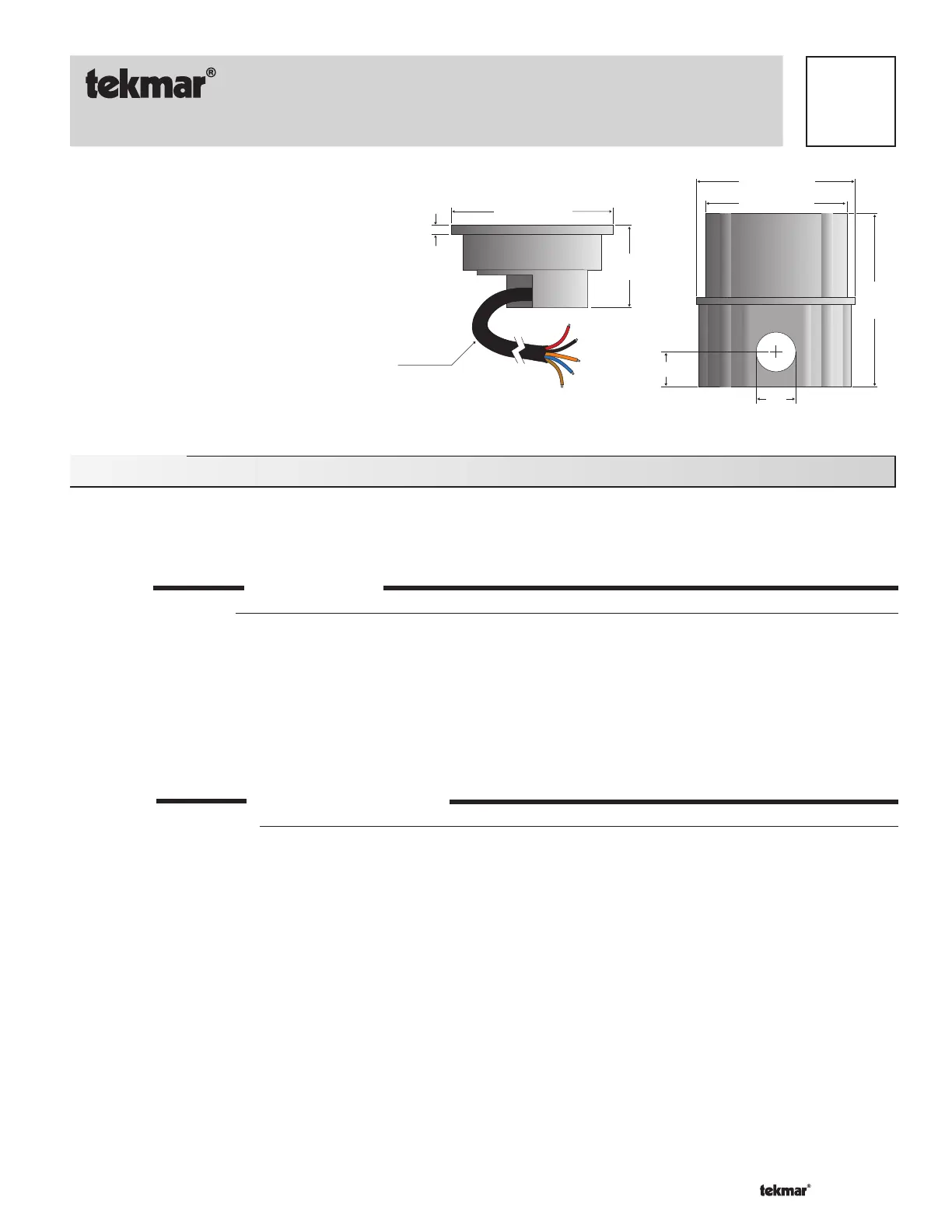